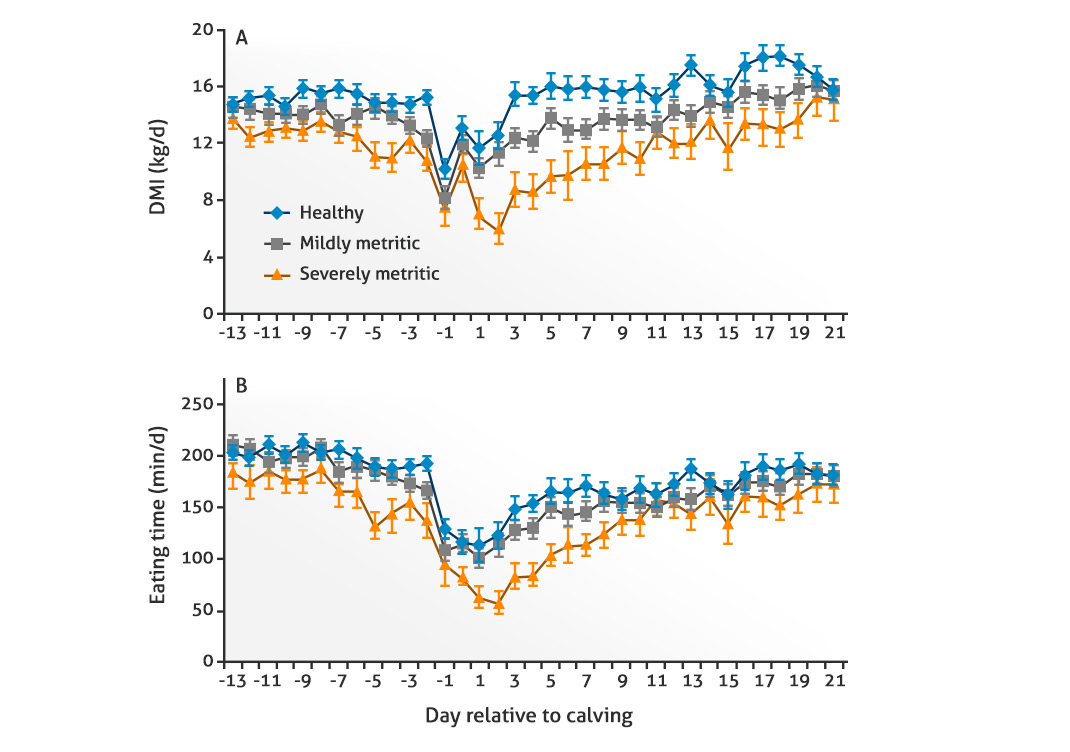84339190485

Which factors affect an individual cow’s behavior?
Each cow’s behavior is influenced by a variety of factors. The characteristics associated with each cow – such as health, reproduction, stress, rank within the herd and character – can be distinguished. External factors – such as barn surroundings, milking equipment, the milking process, feeding management and climate – may also affect an individual cow’s behavior.

Dairy cow behavior and its relations
Sickness affects a cows behavior. Research carried out by J.M. Huzzy showed that cows suffering from metritis spend less time eating than healthy cows. For cows with a displaced abomasum, both the time spent eating and ruminating decrease substantially, and in the case of lameness, cows adjust their daily routine because standing is painful.
The effects of mastitis and its effect on a cow’s behavior are extremely diverse. Without displaying any clinical symptoms, cows can be stressed, suffer from localized conditions, such as a painful udder, or produce abnormal milk.
The types of behavioral abnormalities depend on the severity of the condition. Sensor technology can assist livestock farmers in detecting abnormal behavior.
Although cattle behavior is closely related to the health of an individual cow, a correct diagnosis requires the herd manager and the sensor technology to work together. The system highlights which cows require more detailed examination. This allows the herd manager to complete clinical checks to determine a cows situation and provide her proper treatment.

Arithmetic mean (± SE) daily DMI (kg/d; A) and eating time (min/d; B) of healthy n = 23), mildly metritic (n = 27), and severely metritic (n = 12) Holstein dairy cows from 13 d before until 21 d after calving
Cows that develop metritis after calving eat less and for shorter periods of time. During the dry period, they were already eating for shorter periods of time, especially when compared to healthy cows from within their group.